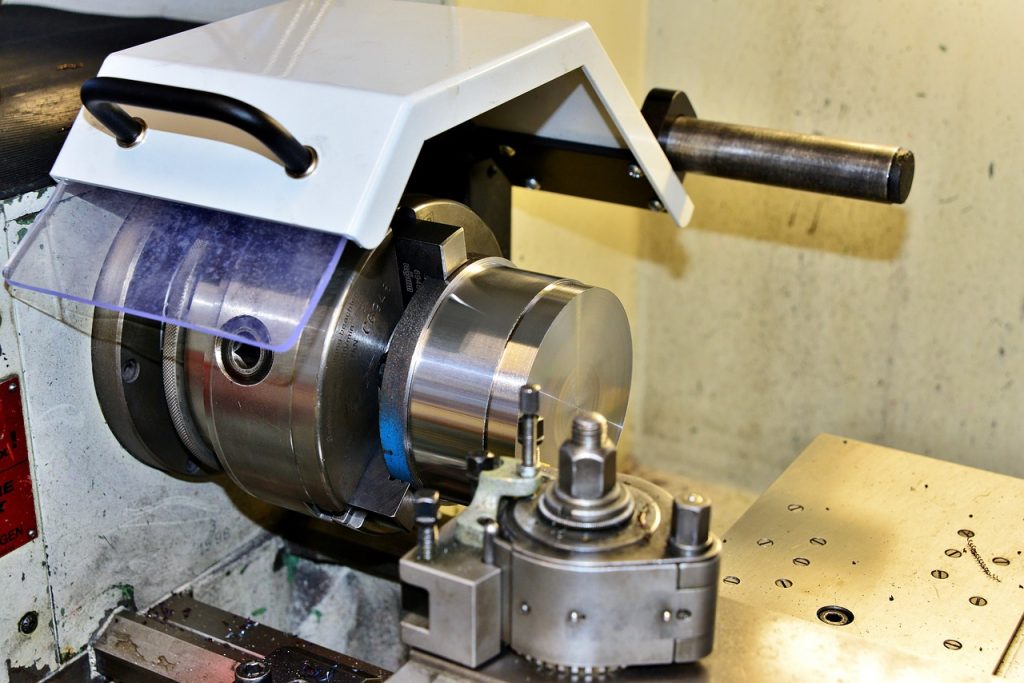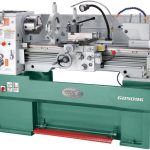Top 5 Common Lathe Machine Problems and How to Fix Them
Even with the best maintenance, lathe machines can encounter issues that may disrupt your work. Being aware of common problems and knowing how to fix them can help you keep your machine running smoothly and minimize downtime. In this post, we’ll explore five common lathe machine problems and offer solutions to get your machine back on track.
1. Poor Surface Finish
A poor surface finish is a common issue when turning workpieces on a lathe. This could be caused by several factors, such as incorrect tool settings, dull tools, or improper speed settings.
Solution:
- Check Tool Sharpness: Ensure that the cutting tool is sharp. Dull tools can cause rough surfaces.
- Correct Speed and Feed: Make sure that the spindle speed and feed rate are appropriate for the material you’re working with.
- Tool Setup: Adjust the tool height so that it’s positioned at the correct angle relative to the workpiece to avoid chatter and uneven cuts.
2. Workpiece Slipping in the Chuck
If your workpiece keeps slipping in the chuck, it could lead to inaccurate cuts or even dangerous situations.
Solution:
- Tighten the Chuck: Make sure the chuck is properly tightened around the workpiece. Check that it is securely clamping the material.
- Use a Proper Chuck: Ensure you are using the right type of chuck for the material and shape of the workpiece. Sometimes a 4-jaw chuck is more suitable for irregularly shaped workpieces.
- Clean the Chuck: Chips and debris can accumulate in the chuck, reducing its grip. Clean the chuck regularly to ensure it grips the workpiece effectively.
3. Excessive Vibration
Excessive vibration can cause poor finishes, inaccurate cuts, and even damage to the machine or tool. This is often caused by an imbalanced workpiece or loose components.
Solution:
- Balance the Workpiece: Ensure that the workpiece is properly balanced and centered in the chuck to reduce vibrations.
- Check Lathe Components: Inspect the lathe’s components, such as the tailstock, tool post, and chuck, to make sure everything is tightly secured.
- Reduce Speed: Running the lathe at too high a speed can cause unnecessary vibration, especially with larger workpieces. Try reducing the spindle speed to smooth things out.
4. Inaccurate Cutting
Inaccurate cutting is frustrating and can ruin a workpiece. It’s often due to tool alignment issues, wear in the machine, or improper calibration.
Solution:
- Recalibrate the Machine: Check the alignment of the tailstock, tool post, and cutting tool to ensure they are properly calibrated.
- Replace Worn Parts: If your lathe has worn components, such as bushings or bearings, they can cause misalignment. Replace any worn parts to restore accuracy.
- Use Proper Tools: Ensure that the tool you’re using is appropriate for the material and the type of cut you want to make.
5. Chatter During Cutting
Chatter refers to the irregular, high-frequency vibrations that occur during cutting. It can result in poor surface finishes and damage to both the workpiece and tool.
Solution:
- Increase Tool Stability: Make sure the tool post is secure and the tool is properly supported to reduce flexing.
- Adjust Cutting Speed: Try reducing the cutting speed or increasing the feed rate to reduce chatter.
- Change the Tool Angle: Adjust the angle at which the tool approaches the workpiece to achieve a smoother cut and reduce chatter.
Conclusion
Understanding and addressing common lathe machine problems can save you time and frustration while ensuring better project outcomes. By maintaining your lathe, using the right tools, and following these troubleshooting tips, you can minimize issues and keep your machine running at its best.


